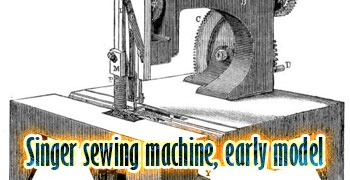The sewing machine is one of the most important inventions we have ever known. It has come a long way from being a mere curiosity object to a necessity not just for every household. That necessity has also expanded to the clothing industry as well, that’s why manufacturing companies want the best sewing machines possible to keep their business going.
It’s rather unthinkable at first that an object as mundane as a sewing machine might cause arguments among historians. But the fact is that it does cause arguments as to who really first invented the sewing machine.
Moreover, you’ll be surprised to discover that a long and colorful history would unspool behind something as humble as your everyday sewing machine.
Perhaps you’d also be a bit shocked that it’s not really Isaac Singer who pioneered the sewing machine, contrary to popular notion. So who really first invented the sewing machine and when was it really invented?
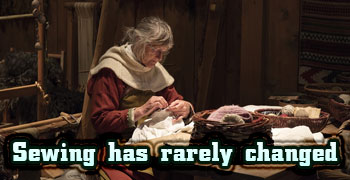
Even a few years before the Industrial Revolution officially started, there had already been bright and enterprising individuals who sought to invent machines that would make everyday lives and work easier for a lot of people. These individuals included, of course, the inventors of what we call today the sewing machine. But sadly, not all of them profited from their own inventions.
In 1755, a German immigrant in London named Charles Weisenthal patented a needle to be used for mechanical sewing. However, there was no mention or description in the patent regarding the type of mechanical sewing.
It took another 35 years before an English cabinet maker named Thomas Saint produced what would be the world’s first working sewing machine. Based on the history books and what we have read on the Internet, Saint is generally considered to be the first person to invent a proper sewing machine.
Saint was awarded a patent for a machine he had built. It consisted of an awl that punched a hole in the leather which would allow a threaded needle to pass through. Not only did he patent the machine, but he also laid out plans for its replication. During the 1870s or the 1880s, an attempt had been made to produce a machine based on Saint’s patent sketches, plus some modifications.
In 1810, a German inventor named Balthasar Krems perfected a sewing machine for stitching caps, as a response to the growing customer demands. Many historians claim that Krems invented the sewing machine needle, with the eye near the pointed tip (as opposed to the needle for hand sewing, with its eye at the rounded end).
 Josef Madersperger
Josef Madersperger
Austrian tailor Josef Madersperger received a patent in 1814 (or 1815) for a sewing machine model. He received generous financial support from the Austrian government which allowed him to make significant improvements on his invention.
After many years and several failed attempts, in 1839 Madersperger finally came out with a type of a sewing machine which simulated the weaving process. In 1841 Madelsperger received a medal for his invention, but since he had run out of money, he wasn’t able to set up a factory. Eventually, he gave his model away and died penniless in 1850.
From Europe to America… In 1818, two Vermonters, Rev. John Adams Dodge and John Knowles, invented a sewing machine that could actually stitch. But there was one big problem: the machine could only make few inches of stitches before it needed a great deal of resetting. Not a good idea if you had many things to sew! In 1826, a Philadelphian named Henry Lye patented a sewing machine, but tragically the patent office and his own invention went in up in flames… literally.
 Barthelemy Thimmonier
Barthelemy Thimmonier
Going back to Europe… Somewhere in France, Barthelemy Thimmonier patented his wooden sewing machine in 1830. It used a barbed needle to make a chain stitch. His invention actually worked and initially made a great push for his business, because it helped him gain a nice contract to build more of those machines.
However, the tailors became resentful of Thimmonier’s sewing machine because that would mean unemployment for them. They stormed inside his workshop and set it on fire. Thimmonier fled for his life, and then attempted to start anew by building an even better model of his sewing machine which was meant for a mass production. But the angry tailors followed his trail and attacked him once again. Fearing for his life again, he managed to save only one of his machines and sailed to England.
Thimmonier went on to win more patents as well as world prizes at international fairs, and he even managed to run a garments factory. However, his sewing machine never really took off as he had hoped, and he suffered dire financial straits later in life. Thimmonier died in poverty in 1857, aged 63.
Going back to America once again… In 1833, a Quaker named Walter Hunt invented a sewing machine that did lock stitches, as opposed to imitating stitches done by hand. The machine used two spools of thread as well as the now-common eye-pointed needle. But his invention didn’t go off as it could make only a few stitches.
There were other American inventors who made their own attempts to improve sewing machines: John Greenough (whose invention incorporated a double-pointed needle with the eye at its center!) and Frank Goulding. But their inventions also failed to take off, as Walter Hunt’s had.
 Elias Howe, Jr.
Elias Howe, Jr.
A young Massachusetts farmer named Elias Howe, Jr. produced his prototype in 1844, and was awarded with a patent a year later for his invention. Despite making a big impression at several demonstrations, the machine found no takers. By then he became desperate and deep in debt. Together with his brother Amasa, Elias traveled to England in 1846 in hopes that he would finally receive the much-needed financial backing.
Howe managed to find one investor, a Londoner named William Thomas, who bought the machine. But the transaction didn’t work out and a disappointed Howe sailed back to America. On his return Howe discovered — much more to his chagrin — that the sewing machines had become a hit while he was away in England. Dozens of companies had emerged and had been using his patents!
 Isaac Singer
Isaac Singer
One of those companies was Singer, whose founder Isaac Singer made an exact reproduction of Howe’s own sewing machine. Never agreeing to bow out and lose, Howe filed a lawsuit, which was just the beginning of a long series of disputes. The court eventually ruled in favor of Howe. At long last, he got to receive his much-deserved royalties from several companies for sales of his invention. Howe ended up a wealthy man.
Just so you know Singer did not really do anything much to contribute to the mechanical advancements or technological improvements to the sewing machine. What Isaac Singer did was to pioneer more business-related tasks such as the hire-purchase system and aggressive marketing. No wonder, Isaac Singer also ended up very wealthy. Moreover, his name is now usually associated with sewing machines although it is quite clear that Howe was definitely more of the pioneer in this case.
Over the years Singer has been the top choice when it comes to sewing machines. Today it has a wide range of sewing machines ranging from mechanical to electronic to even computerized. Newer players such as Juki and Janome have sprung up and become worthy competitors to Singer.
Now that you have read the history of the sewing machine, perhaps you’d look at it more differently than you did before. Your humble sewing machine has centuries worth of tragic and successful stories written all over it.
Did you enjoy the history of the sewing machine? Has it caught your interest to look for one? Then check out our website to make more discoveries, and this time about the top rated sewing machines on the market today, as well as great sewing machine deals!

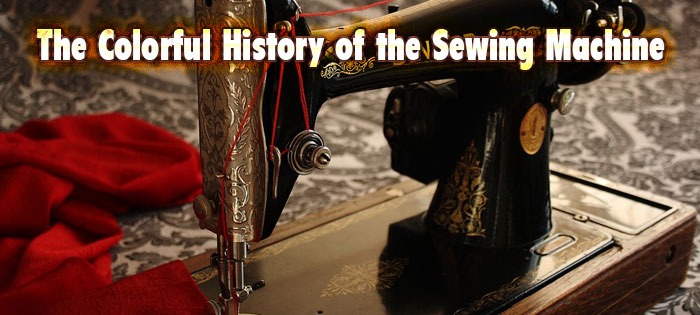
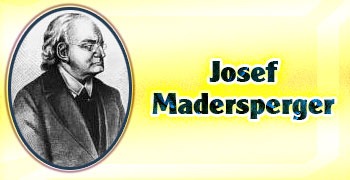 Josef Madersperger
Josef Madersperger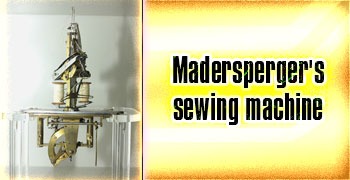
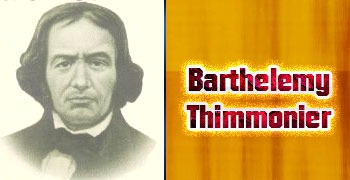 Barthelemy Thimmonier
Barthelemy Thimmonier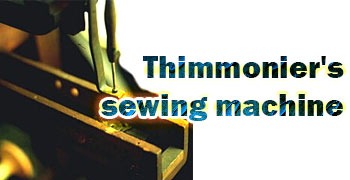
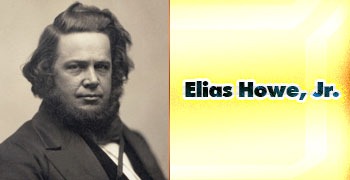 Elias Howe, Jr.
Elias Howe, Jr.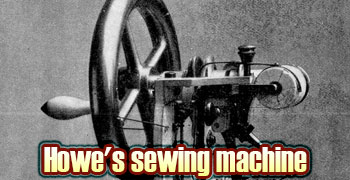
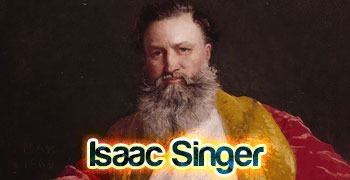 Isaac Singer
Isaac Singer